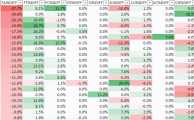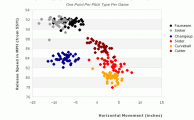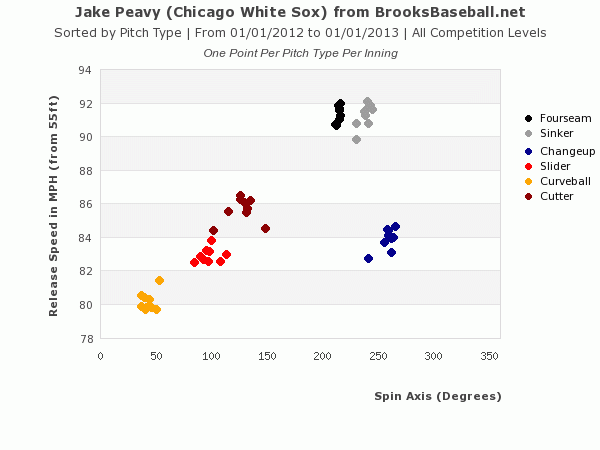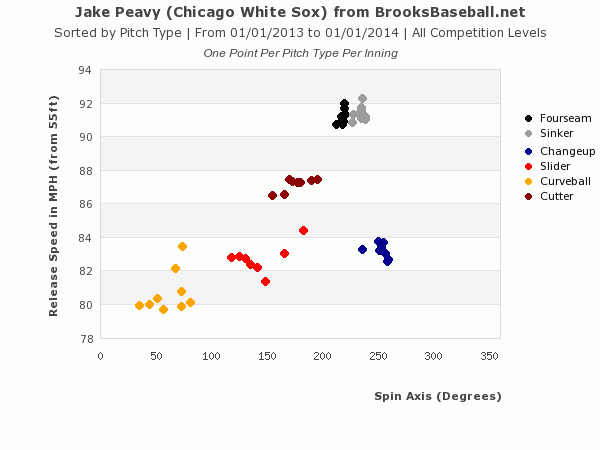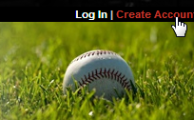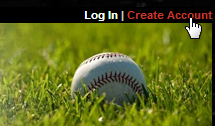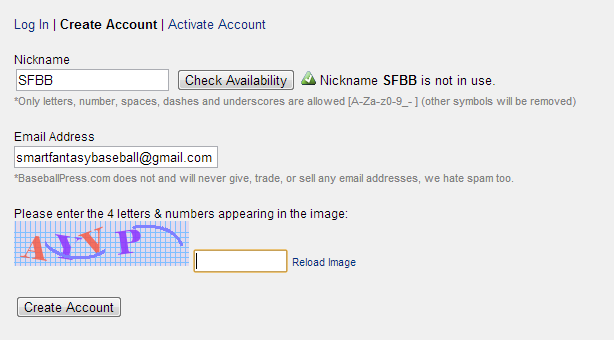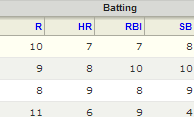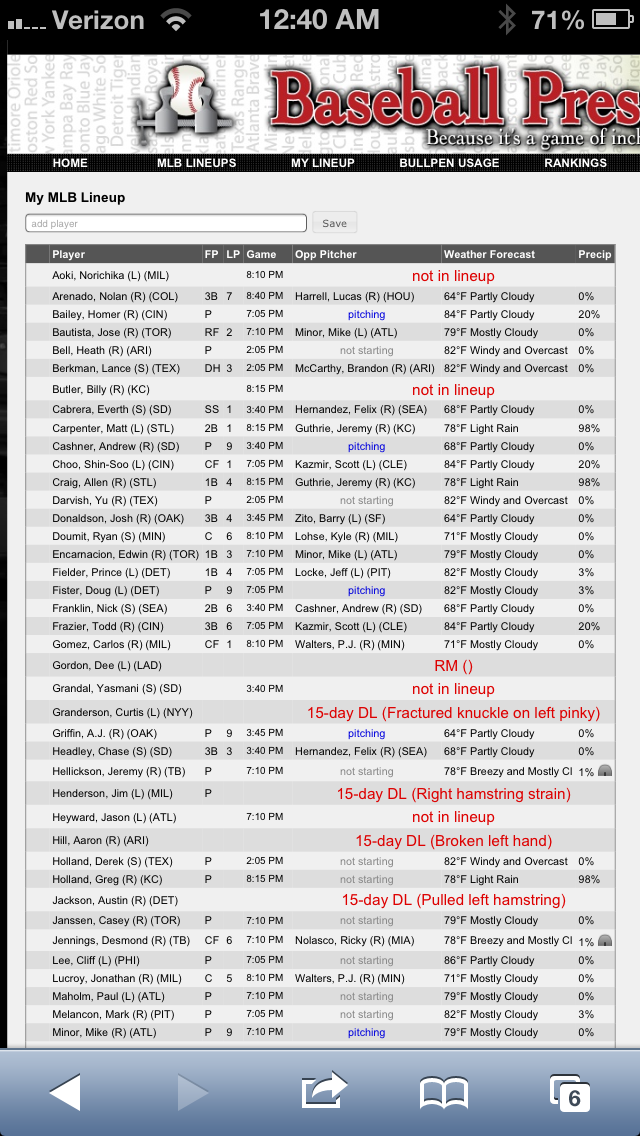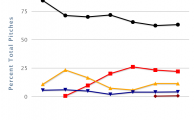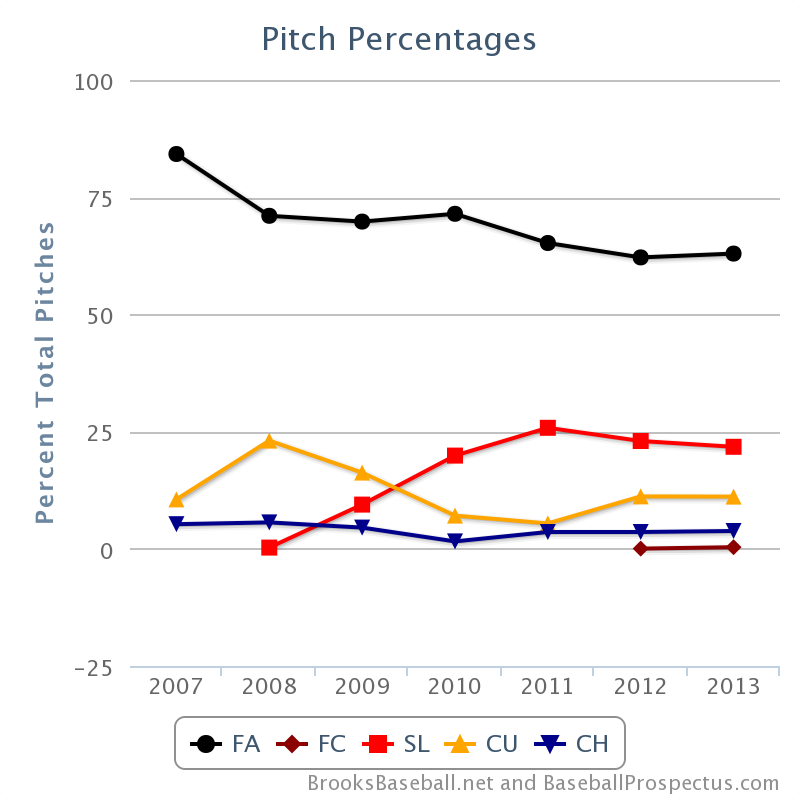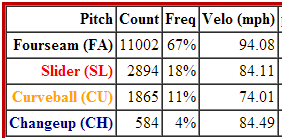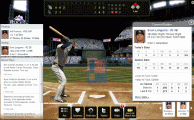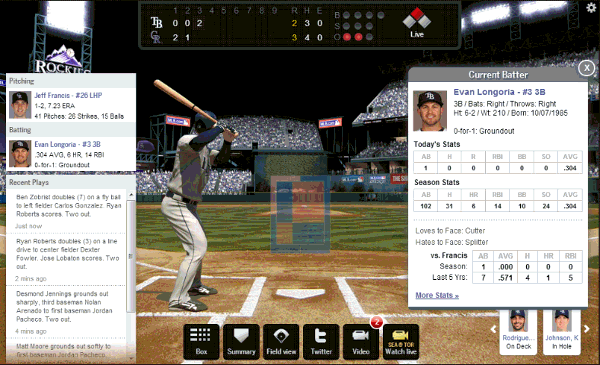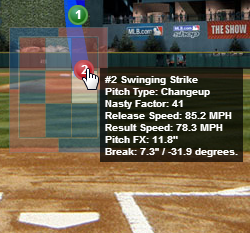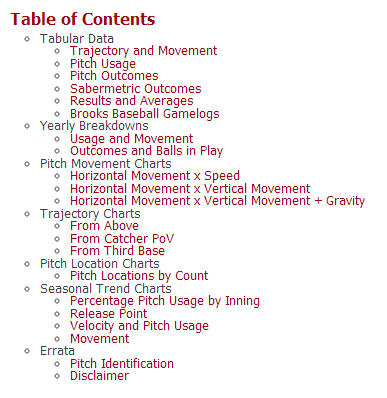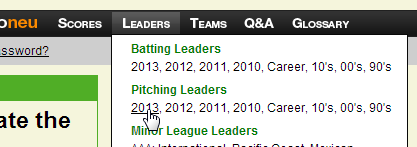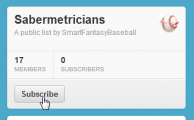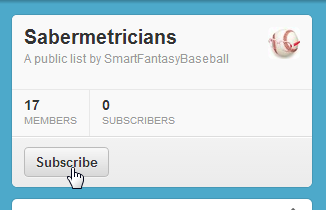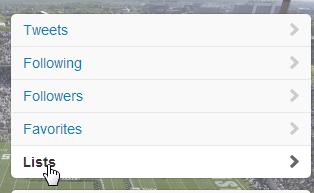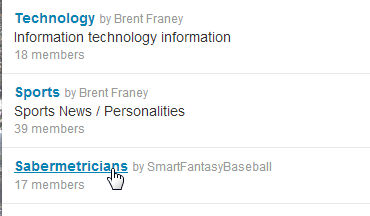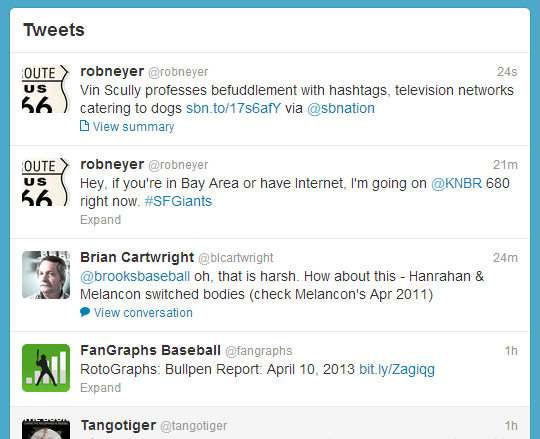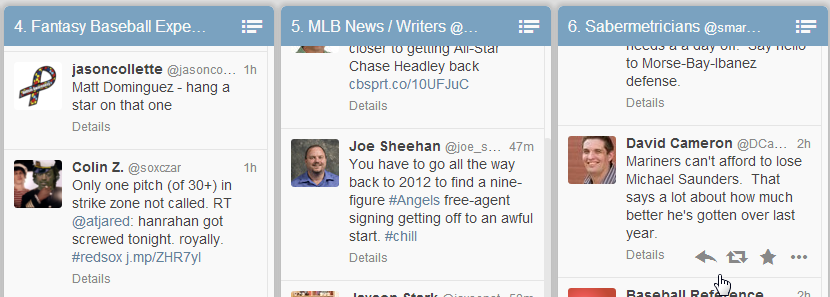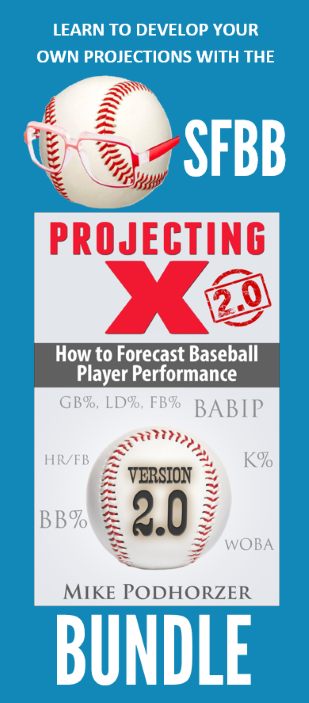We’ve all been there. A player gets hot and hits several home runs in a week or a rookie gets called up and goes 3-for-3 in his first game. But one of the most dangerous things a fantasy owner can do is “chase” these stats. When adding players, you don’t get credit for yesterday.
The challenge is to be ahead of the curve. Pickup the players before the big opportunity comes. Accumulate the good stats. Sense when a turn has been made and bail.
The worst thing you can do is continually chase today’s “hot” player, hold him for the next two weeks when he does nothing, and then repeat the cycle.
This is extremely difficult to do. It’s against human nature. It makes us feel warm and fuzzy to pick up that hot player. It’s stressful and fraught with uncertainty to pickup a struggling player that may soon come into opportunity. How can we fight these urges and determine how well we do at this?
Look Back
Wouldn’t it be great if there were an easy way to look back at every player you’ve owned over the course of the year to see the statistics they earned for your team? You could see if you’ve owned a bunch of players that performed well below their season averages. Then you’re likely a “stat chaser”.
Or maybe the majority of players performed in line with the rest of their season statistics and you’re displaying the patience and foresight necessary to succeed at this game. Regardless, a restrospective review of your players’ performances can indicate if a change is necessary or confirm you’re on the right track.
The Good News Is…
There is an easy way to do this (at least in Yahoo! and CBS leagues). In Yahoo!, access the “Team Log” link on your page. In CBS leagues, look up player stats and filter them to show “fantasy” stats, meaning those actually accumulated for your team.
How To View Accumulated Stats In Yahoo!
- On your “My Team” page, locate the “Team Log” link.

- You’ll then be presented with the list of every player you’ve owned over the course of the season and the statistics they’ve accumulated for your team (Forgive the small images. Click on pictures below to see a full-size image).

- You want to see players with stat lines consistent to their season averages. The rate statistics like batting average, ERA, and WHIP are easy to compare. You’ll have to adjust counting stats for games played, at bats, or innings pitched. If you stream pitchers or selectively start those on your team, you hope to see an ERA and WHIP below season averages (under the assumption that you’re cherry picking the good matchups).

- You don’t want to see pitchers with stat lines well worse than season averages. This indicates one of several things. You’re either failing at selecting good matchups. You overreacted to one or two bad starts, accumulating the bad stats and not having the patience to wait for the regression. Or you’re unlucky.

- Be on the lookout for stat lines like the one below. They’re not necessarily problematic if done in the right fashion. I will often speculate very early on a player that I think will soon come into a favorable situation or opportunity, hoping for a huge payoff. For this approach, hopefully I’ll also see a handful of “hits” to offset “misses” like this one on Martin.

How To View Accumulated Stats in CBS
The process to get these statistics on CBS’ website is a little more convoluted, but it’s not difficult to do. (more…)


